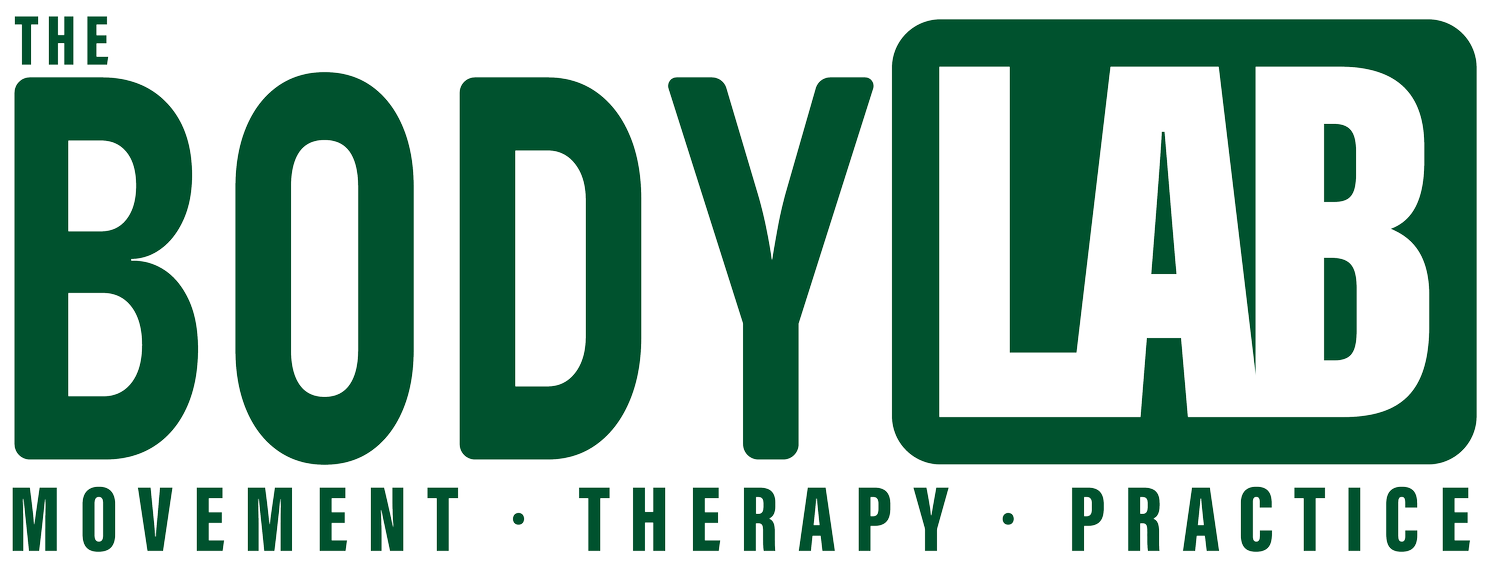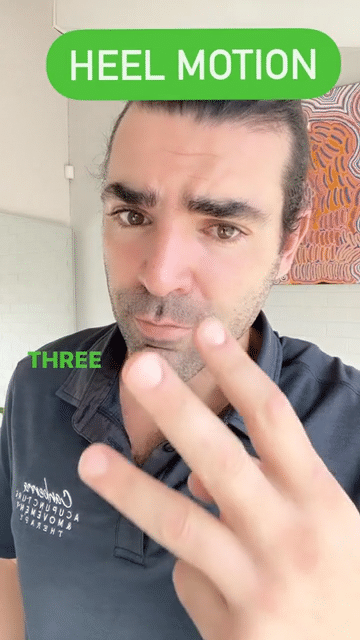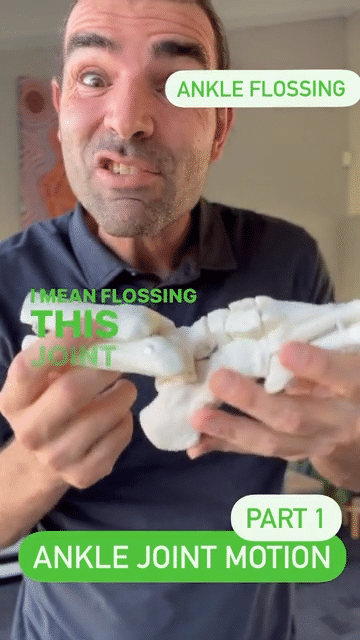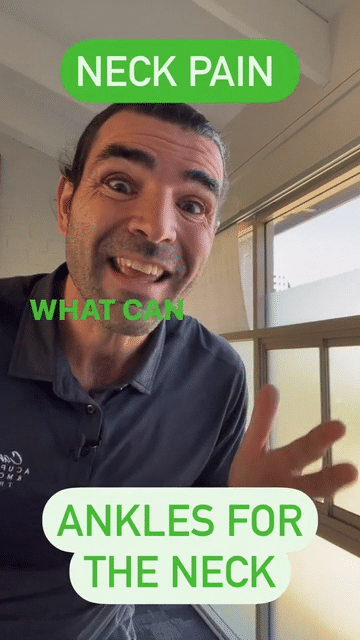When the heel gets painful
Heel Motion
The heel can move in three plans of motion, they are:
Tilt forwards and Backwards (Plantar-flexion and Dorsi-flexion)
Tilt Inwards and Outwards (Eversion & Inversion)
Rotation Inwards and Outwards (Internal & External)
These motions of the heel must occur with each step that you take and are coupled together to create two shapes. So when the heel forms a pronated shape, tilting forward, it must also be tilted inwards and rotated inwards (plantar-flexed, everted and internal rotated). The same is true for a supinated foot shape, which is the opposite shape and needed when you push off the ground. The heel must tilt backwards, inverts and externally rotates. Shapes are important to visualise in particular if you happen to have some pain and discomfort. It’s easy to think about shapes than words or movement.
Heel Position
If you start to think about shapes then you can look at your own heels and think about the shape its makes and also the relative position the shape makes. The heel should stand tall and straight upwards, we call this a neutral resting position. If the heel is tilting inwards toward the other heel, this is called valgus heel. If the heel is tilting outwards away from the other heel, this is called varus heel. Remember that the arch (forefoot) will rest in the opposite position to the heel to allow the foot to remain in contact with the ground.
Heel Influences
As you walk the heel, pelvis and head articulate in the same direction in three dimensions with each step that you take. So the heel influences the motion of the pelvis and head. Each structure will influence each other in terms of mobility. For example, increasing the motion in the heel can resolve neck or pelvis pain.
Heel Affected by
One of the most important influences of the motion of the heel is the arch (forefoot) and ankle joint (talus bone). To allow the heel to improve its motion, the forefoot must be able to drop to the ground, load and spread when the foot hits the ground to dissipate the load of the body. The ankle rest on the heel but they both perform seperate functions and should be treated separately. Check if the heel can tilt not just the ankle joint performing all the motion!
Heel Exercises
Check out the videos on the left for some exercises to improve your heel motion.
Catch ya next time….



